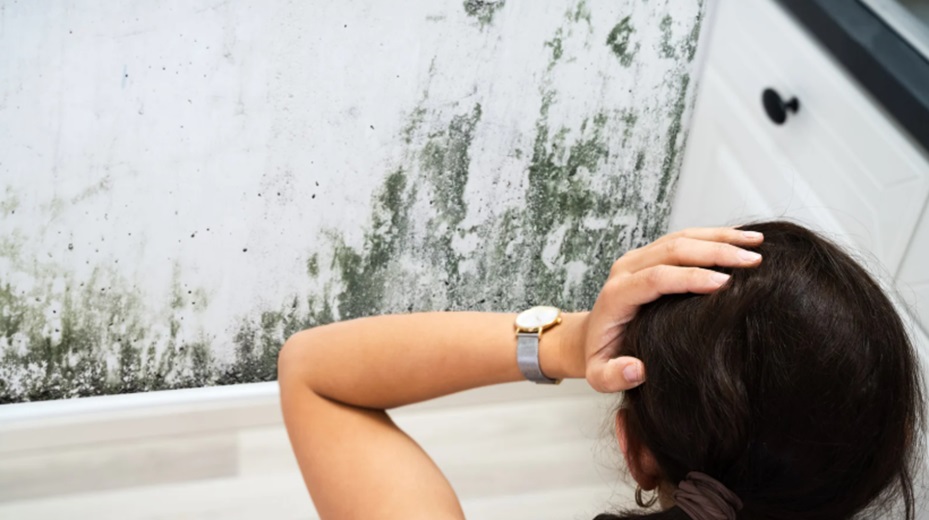
Crawl spaces often go unnoticed in the day-to-day upkeep of a home, yet they can be a breeding ground for dangerous mold. Warm, damp, and poorly ventilated conditions provide the perfect environment for fungal growth. The biggest concern is not just structural damage, but the hidden health hazards that mold introduces into the living space above. If left untreated, mold can travel through vents and cracks, contaminating the indoor air you breathe. That is why early mold remediation in Douglasville, GA, is crucial, especially when the infestation begins beneath your home.
Why Crawl Spaces Are Vulnerable to Mold
Crawl spaces are particularly prone to moisture accumulation due to their proximity to the ground and limited airflow. Water can seep in from the soil, rainwater runoff, or plumbing leaks. Once the humidity levels in the crawl space rise above 60 percent, mold spores have everything they need to thrive.
This environment is rarely inspected by homeowners, allowing mold colonies to grow undisturbed. Wood, insulation, and other organic materials within the crawl space provide a consistent food source for mold to spread.
The Health Impact of Crawl Space Mold
The presence of mold beneath your home is more than a structural issue. It has become a serious indoor air quality problem. Mold spores can infiltrate the living spaces through air ducts and floorboards, especially in homes with HVAC systems running beneath the flooring.
Prolonged exposure to these airborne spores can lead to respiratory symptoms such as coughing, wheezing, nasal congestion, and skin irritation. In severe cases, it can aggravate chronic conditions like asthma or compromise the immune system. When mold lingers in indoor environments, the risks become increasingly serious, making the prevention and remediation of damp indoor environments essential.
Structural and Financial Damage
Aside from health concerns, mold can also compromise the integrity of the home’s structure. Wood rot, weakened beams, and damaged insulation are common outcomes of prolonged mold exposure. As the problem intensifies, repair costs increase, often requiring complete replacement of floor joists or insulation systems.
What may begin as a small area of growth can escalate into a widespread issue that affects the entire home. Ignoring it will not only reduce your property value but also make the home unsafe for occupancy in the long run.
Preventing Mold in Crawl Spaces
Prevention starts with managing moisture. Crawl space encapsulation, dehumidifiers, and routine inspections can go a long way in minimizing the risk of mold. Vapor barriers and proper drainage systems can also reduce the chances of water entering these areas.
It is always best to rely on professional inspection and remediation services, especially when mold is suspected or visible. Addressing the root cause of moisture while eliminating existing mold colonies ensures long-term safety and peace of mind.
Conclusion
Crawl space mold is often underestimated, yet it poses significant threats to both health and home structure. From airborne contamination to costly repairs, the risks are too serious to ignore. Professional mold remediation should be your first step when signs of mold appear beneath your home. By eliminating the source and improving ventilation and moisture control, you can safeguard your living environment. Prioritize your indoor air quality and structural stability by addressing crawl space mold before it spreads.
